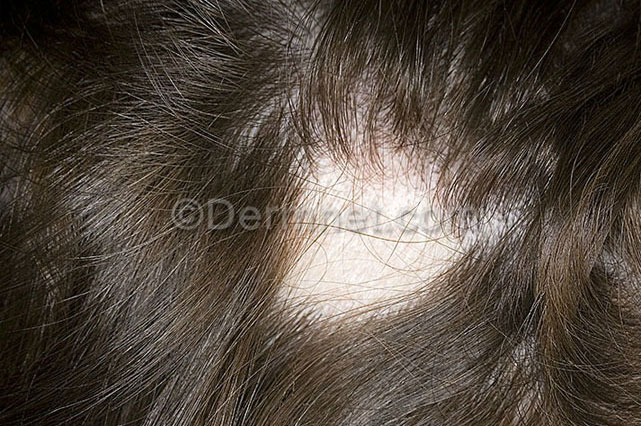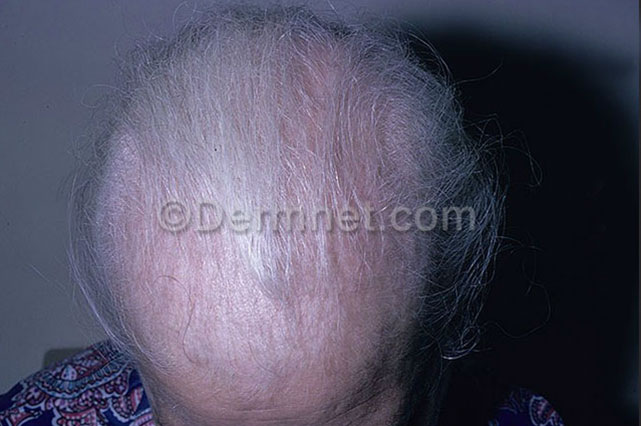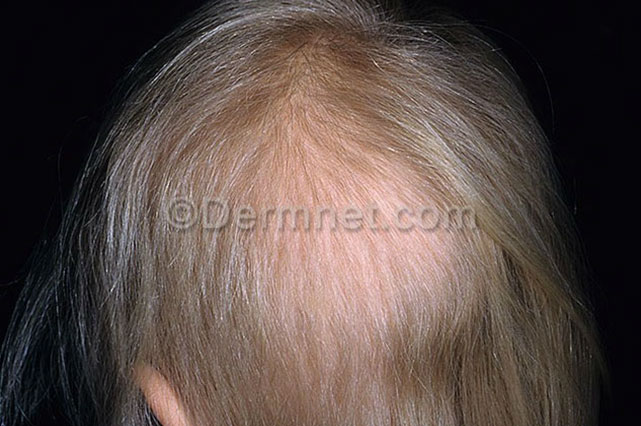Alopecia Areata
Patchy loss of hair on the scalp or body affects 1 person in every 100.
Alopecia Areata
Patchy loss of hair on the scalp or body affects 1 person in every 100. In the UK, with a population of 70 million there are 700,000 people suffering with Alopecia Areata.
Facts About Alopecia Areata:
The condition most commonly affects younger women and children. Alopecia Areata is due to an auto immune response in which the body forms white cells that attack the hair follicles that produce hair. This results in arresting the hair growth and the follicle enters the resting phase of the hair cycle, where the hair falls out. With Alopecia Areata there is no loss of hair follicles within the scalp, the follicles remain capable of re-growing hair, re-growth is often unpredictable sometimes taking years for any re-growth to happen.
Diagnosing Alopecia Areata:
The first signs of Alopecia Areata are a silky smooth, shiny patch of scalp becoming visible. The hairs surrounding this patch are thin at the roots and break off to stubble that is extremely fine at the bottom, the entire hair shaft resembles the shape of an exclamation mark.
To diagnose the condition a GP, Dermatologist or Trichologist will closely examine the scalp and may take a small biopsy. Treatment will depend on the severity of the condition.
Alopecia Areata Solutions:
Some cases of Alopecia Areata will improve over time. The condition is unpredictable and hair growth and loss may occur over many years. For a few the condition will become progressively worse and patchy hair loss or general thinning may progress to Alopecia Totalis.
Depending upon the severity of the condition recommendations would be:



